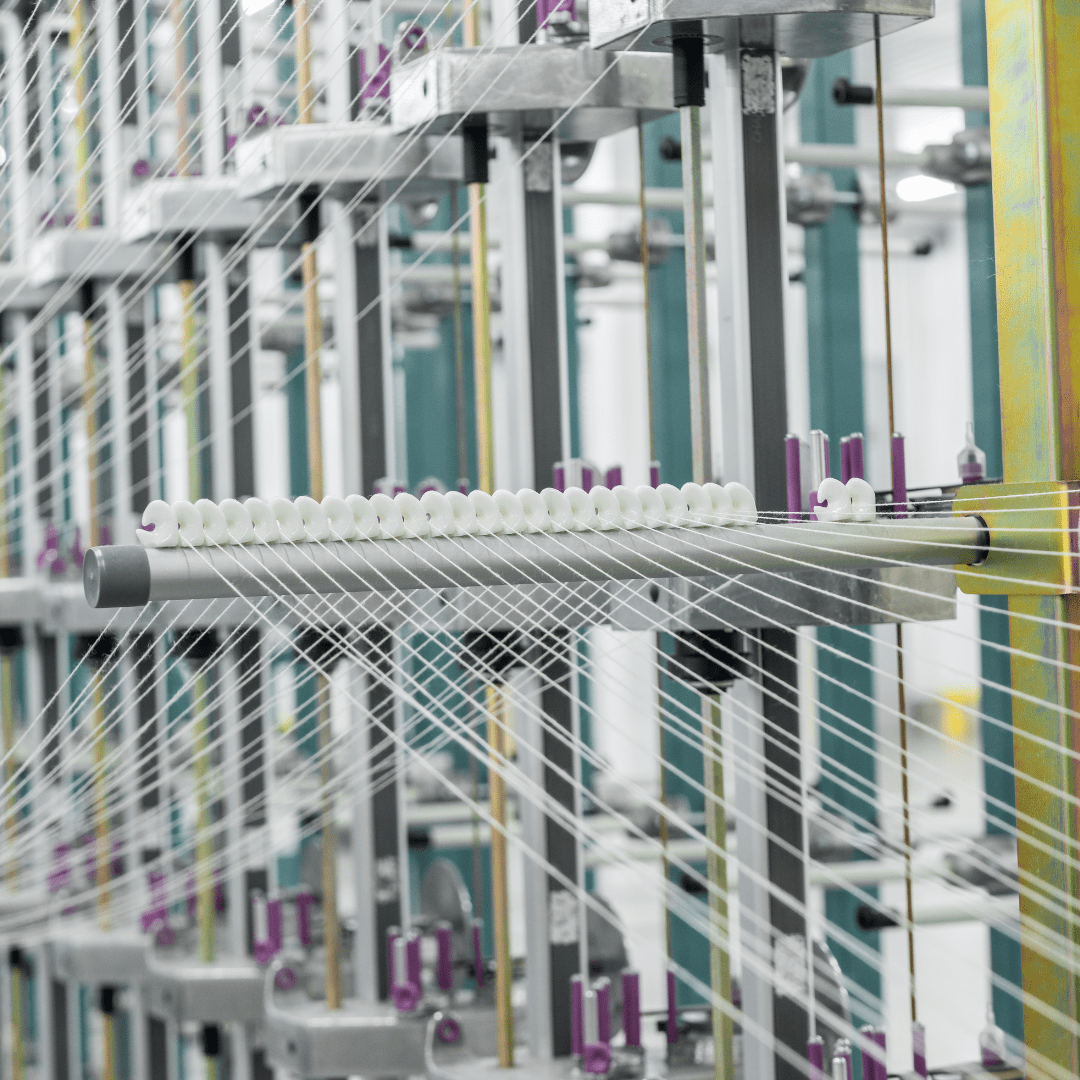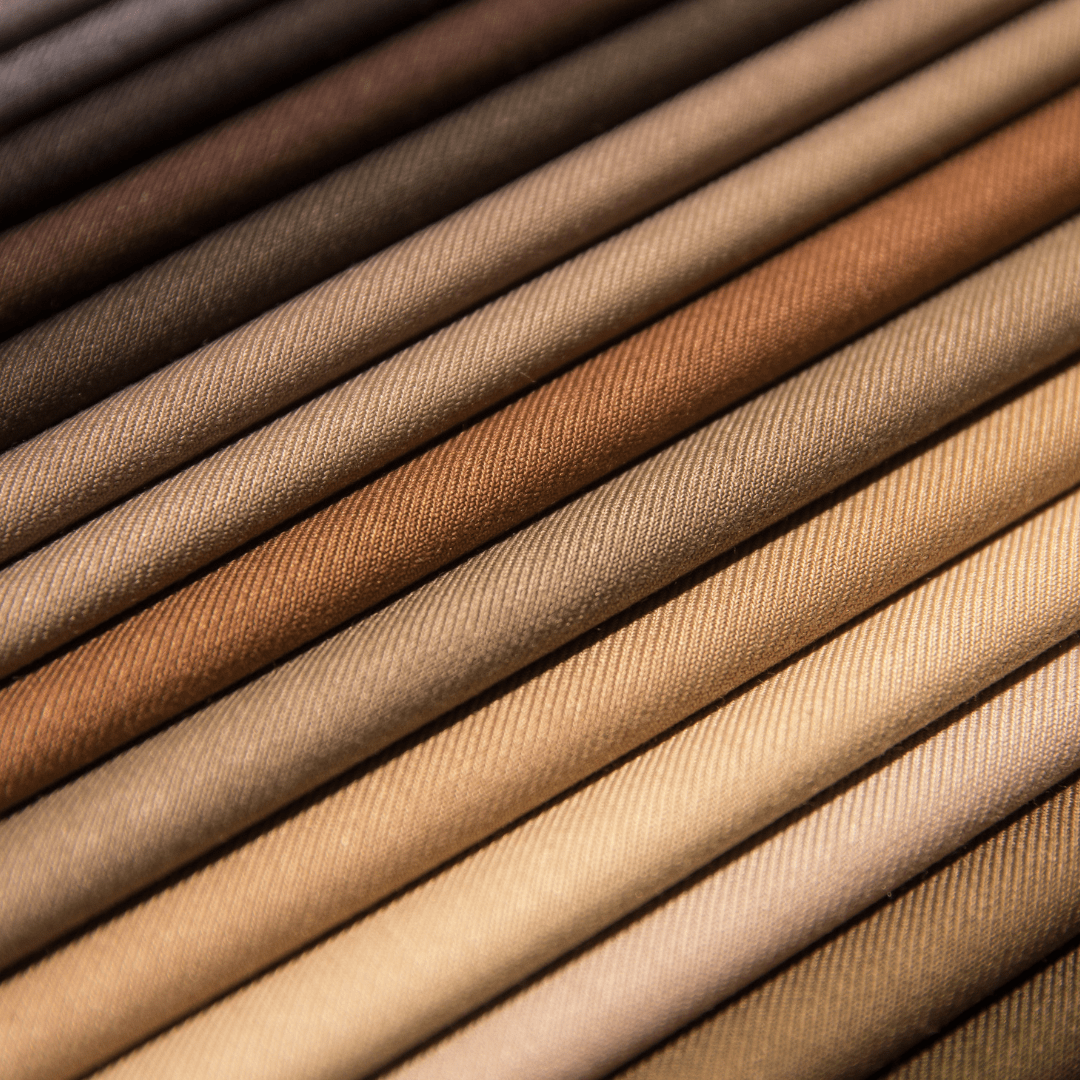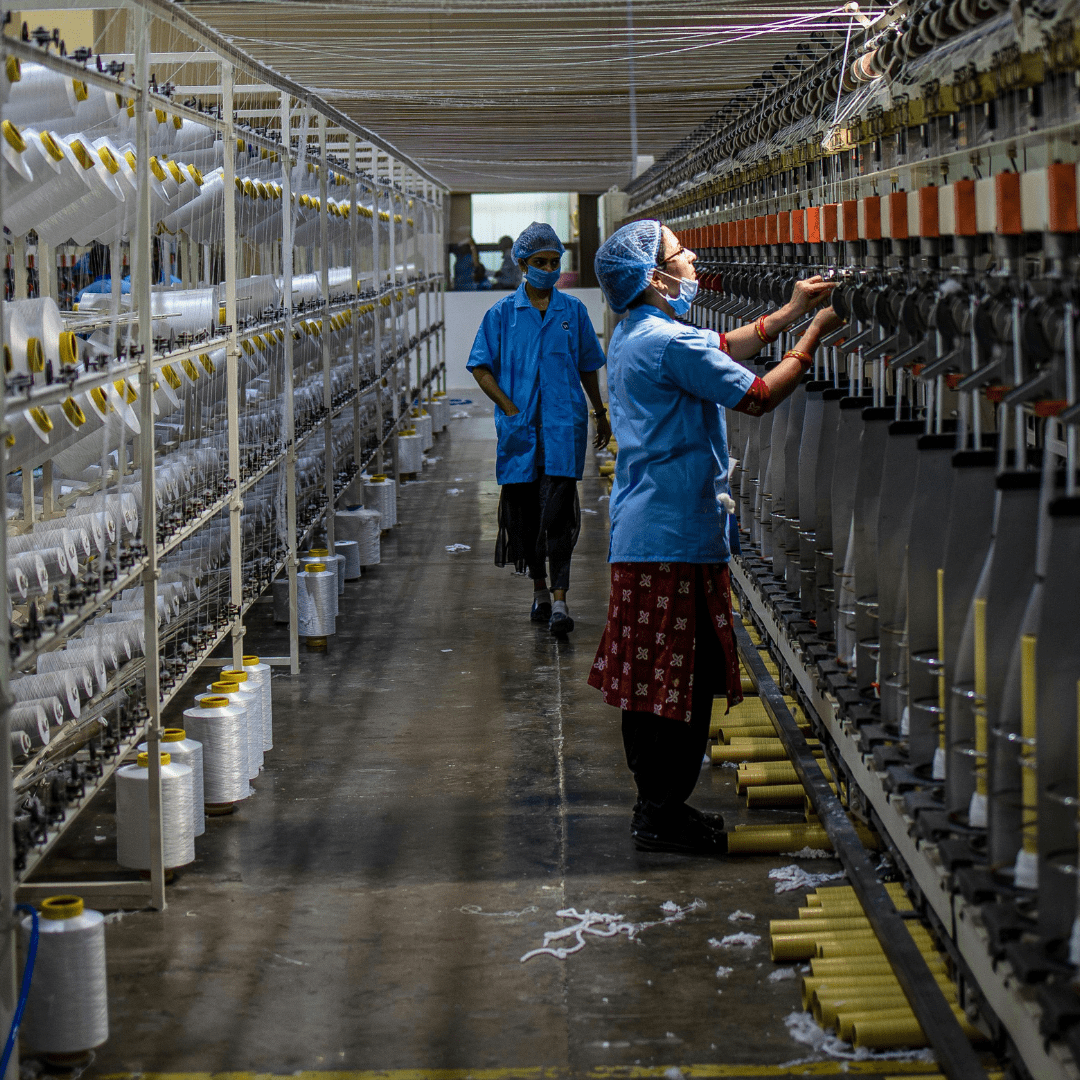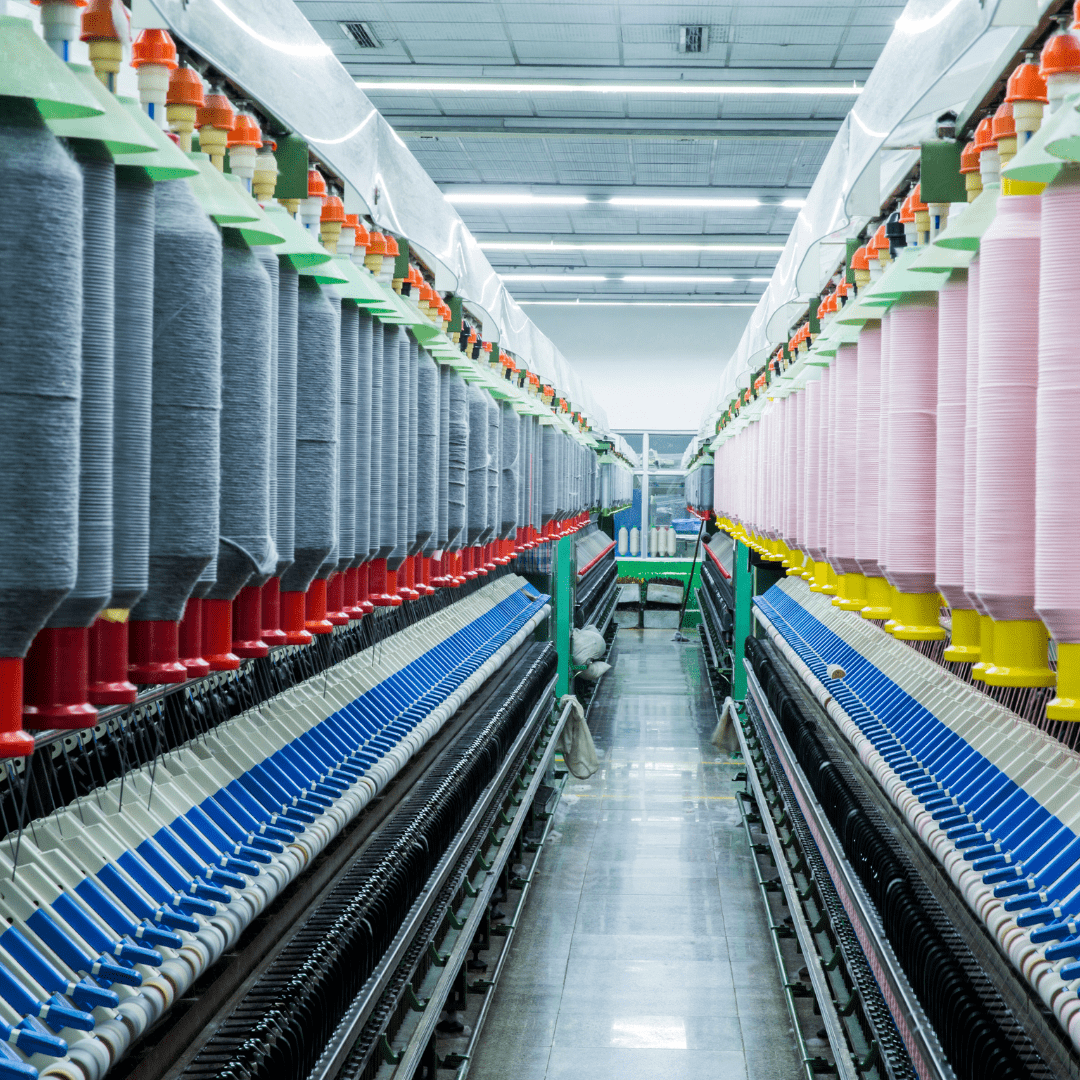In textile processing and finishing, a series of mechanical, thermal and chemical treatments are necessary to achieve specific performance, aesthetic, and durability goals. However, processes such as desizing, scouring, bleaching, dyeing, resin finishing, and heat-setting can strip natural oils, alter the fibre structure, and leave fabrics feeling harsh or brittle.
The impact is particularly evident in cotton garments after dyeing, polyester blends after high-temperature heat-setting, or technical fabrics used in sportswear and outdoor gear that undergo heavy chemical treatments for water resistance or flame retardance. Upholsteries, home linens, and industrial textiles also face similar challenges, as they are often engineered for strength and longevity at the cost of surface softness.
Softeners come into play at this point. Applied to restore or enhance the hand feel, improve drape-ability or reduce static build-up, they make fabrics more pleasant to wear and easier to handle.
For end users, this translates to garments that feel smoother against the skin, bed linens that offer better comfort, and textiles that retain a fresh, premium finish even after multiple washes.
Cationic, Anionic or Non-Ionic? Decoding the Right Softener for Modern Textiles
Cationic, Anionic, and non-ionic softeners are each distinguished by their ionic charge and interaction with different fibre types.
The cationic ones, with a positive charge, have a strong affinity for negatively charged fibres like cotton and are known for imparting a silky, smooth hand feel. However, they are prone to yellowing, can be incompatible with specific dyes and finishes, and may cause build-up over repeated applications.
Anionic softeners, which are negatively charged, are less commonly used for softening due to their limited affinity for fibres but are preferred where anti-static or hydrophilic finishes are needed, particularly in synthetic textiles.
Non-ionic softeners, on the other hand, are neutral in charge and, therefore, highly versatile. They can be used across a wide range of fabrics, including cotton, synthetics, and blends, without interfering with other finishing agents or dyes.

Compatibility with a Wide Range of Fabrics and Finishes
Why are non-ionic softeners becoming the manufacturer’s favourite? The secret lies in their exceptional compatibility with a broad spectrum of textiles and finishing agents.
Being chemically neutral, these softeners do not clash with any class of brighteners or finishing chemicals, thereby offering a safer option that applies to both natural fibres, such as cotton and linen, and synthetics, like polyester and nylon, as well as blended textiles, without risk of adverse reactions.
Without compromising the integrity of the fabric material, they work well with resin-based wrinkle-free finishes, flame-retardant treatments, or whiteners and fluorescent brighteners. Technically finished textiles enhance performance wear, workwear, upholstery, and premium linens, where multiple finishing agents must work in tandem without compromising fabric aesthetics or performance.
Their non-reactive nature also minimises the risk of staining, yellowing, or altering fabric shades, making them a preferred choice in modern textile mills.

Advantages in Eco-Friendly and Sustainable Textile Processing
As the textile industry transitions toward greener manufacturing practices, non-ionic softeners have emerged as a preferred choice due to their low toxicity, high biodegradability, and minimal environmental footprint.
Unlike cationic softeners that may contain quaternary ammonium compounds known for their aquatic toxicity, non-ionic softeners are generally derived from ethoxylated fatty acids, natural esters, or vegetable-based sources, making them safer for both the environment and human contact.
Global eco-labels and regulations, such as REACH, ZDHC, and OEKO-TEX®, have verified their chemical stability. The certification indicates they do not release harmful by-products during wastewater discharge.
Additionally, their compatibility with low-temperature processing and water-saving technologies supports the industry’s broader goals of reducing energy and resource consumption.
For mills and brands focused on sustainable production, non-ionic softeners align seamlessly with cleaner production strategies without compromising product quality or finishing.

Performance Benefits: Softness, Hydrophilicity and Low Yellowing
Non-ionic softeners provide a balanced combination of functional and aesthetic advantages, making them ideal for high-performance textile applications.
Their primary benefit lies in imparting a soft, smooth hand feel without creating a greasy or waxy touch, which is especially important for garments worn close to the skin, such as innerwear, activewear, and baby clothing. In addition to tactile improvement, non-ionic softeners are known for maintaining the hydrophilicity of fabrics, allowing moisture to be quickly absorbed and wicked away, which is essential for comfort in bed linens, towels, and performance wear.
Another key advantage is their low tendency to cause yellowing, even during high-temperature curing or prolonged storage, preserving the brightness and shade integrity of light- and pastel-coloured textiles.
Their ability to enhance rewetting, reduce fabric-to-fabric friction, and remain stable across a wide pH range contributes to their credibility as industry leaders.

FAQs:
- What are non-ionic softeners in textile processing?
A: Non-ionic softeners are textile finishing agents that do not carry any electrical charge. They are typically based on fatty acid derivatives, ethoxylated compounds or silicones with low reactivity.
- Why are non-ionic softeners preferred over cationic or anionic softeners today?
A: They do not react adversely with dyes, do not cause yellowing, and are less likely to lead to staining or shade variation, especially on whites or pastel fabrics. This makes them ideal for modern, high-performance textile treatments.
- What types of fabrics benefit the most from non-ionic softeners?
A: Non-ionic softeners are suitable for synthetics (like polyester), blends and delicate natural fibres (such as cotton and rayon). They are also commonly used in babywear, sportswear, and home textiles for their mild and durable finish.
- Do non-ionic softeners affect fabric absorbency or breathability?
A: No, most non-ionic softeners are designed to maintain or only minimally affect absorbency and breathability. This makes them ideal for applications like towels, activewear, and medical textiles.
- Are non-ionic softeners eco-friendly and safe for sustainable processing?
A: Yes, many modern non-ionic softeners are formulated to be biodegradable, non-toxic, and free from hazardous chemicals like APEOs or formaldehyde. Their low environmental impact and high efficiency at lower dosages comply with green textile practices.
Sources:
